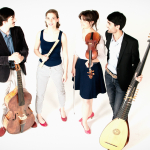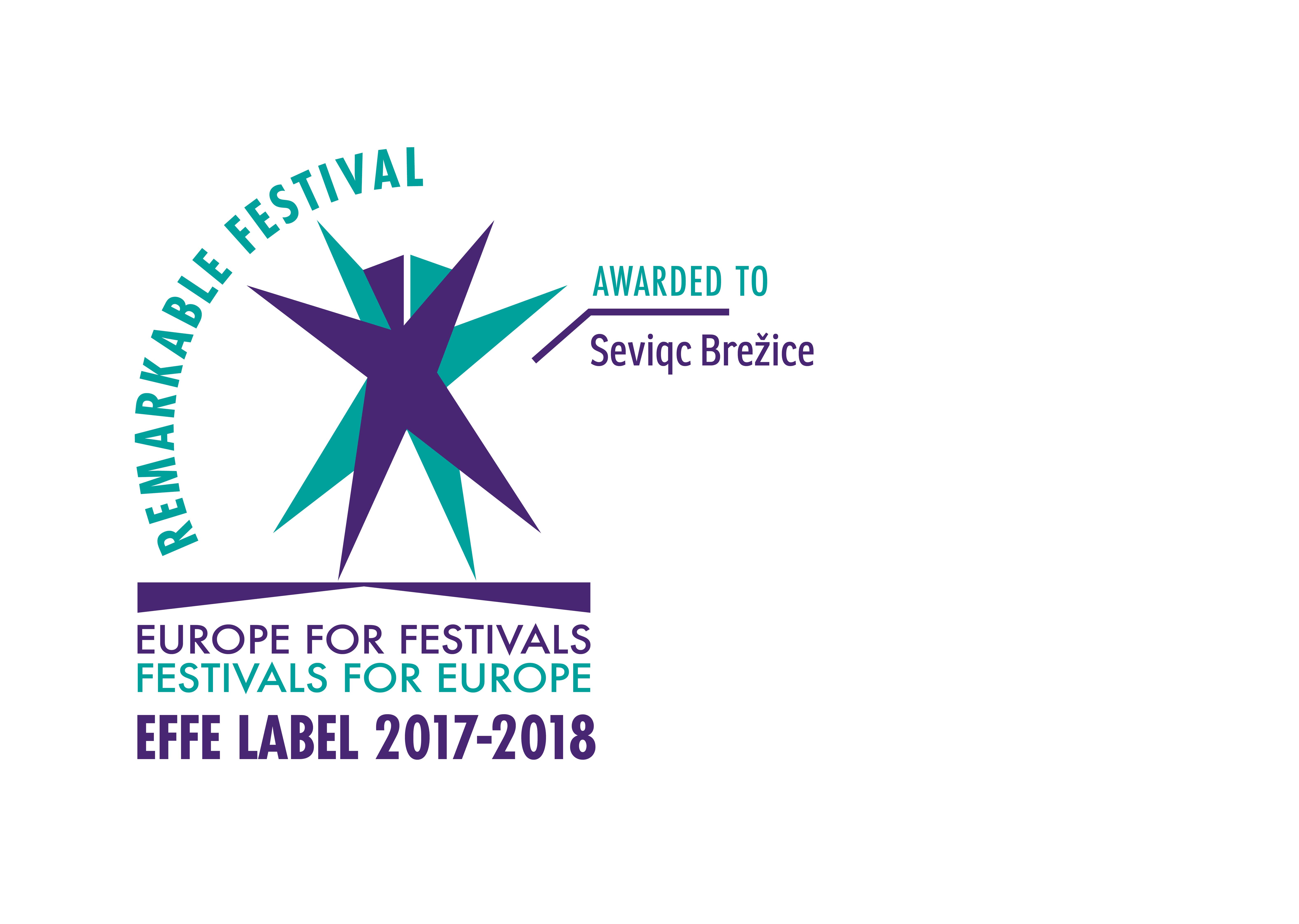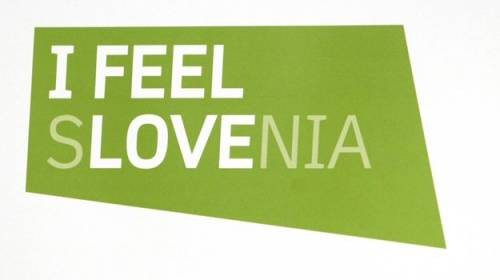Prisma (DE)
In this program about Broken Consort Music, we explore music from the court, the chamber, and the streets and pubs. This fusion of highly artistic and intellectual music with tunes like Cate of Bardie and The Punk's Delight with our mixed instrumental consort brings forward the best of sounds from the homogeneous groups like recorder or viol consort.
PRISMA has been touring Europe from the very beginning of the group's existence: Germany, Austria, France, Great Britain, Italy, Latvia, Romania, Czech Republic, Slovenia…The ensemble of four young musicians get together to play the particularly expressive, wacky, and colourful music of the 16th and 17th century.

Ticket order:
10 - 25 €
Access: transport Departure at 17:45 (Hala Tivoli). Price: 10 €.
PRISMA (DE):
Elisabeth Champollion (DE): recorder
Franciska Anna Hajdu (HU): violin
David Budai (HU): viol
Alon Sariel (IL): luth
Artists’ message to visitors
Turn off your cellphone, have a tea, lean back and let us take you on a tour through 16th century England!
About the project
This project includes an ensemble of instruments of different families of 16th-century England and showcases the instrumental practice of "breaking" a melody line, i.e. ornamenting it with many small and fast notes. In this programme of music by John Dowland, Anthony Holborne, William Corkine, Tobias Hume and others, Prisma presents the full range of English music from the Renaissance through to the early Baroque. There's plenty of room for beautiful tunes between the heavy melancholy and the intoxicating rhythms of the taverns!
Event programme
Melchior Frank (1580-1639)
Intrada
(from: Codex Kajoni 1634-1671)
Thomas Simpson (1582–1628)
Pavan
(from: Tafel-Consort)
John Dowland (ca. 1563–1626)
The King of Denmark’s Galliard
John Dowland (ca. 1563–1626)
Lachrimae Pavan
Johann Schop (1590–1667)
Four Note Galliard
Orlando Gibbons (ca. 1583–1625)
Fantazia a 3
John Dowland (ca. 1563–1626)
Forlorn my Hope
Tobias Hume (1569–1645)
An English Frenchman
John Dowland (ca. 1563–1626)
Mr. Langton his Pavan
Alfonso Ferrabosco (1575–1628)
So beautie on the waters stood
? Thomas Preston (?–1563)
Upon La Mi Re
Anonymus (16. stol.)
Lady Careys Dompe
*******
Thomas Simpson (1582–1628)
Sachevils Dolorosi
Galliard
Tobias Hume (1569–1645)
Tom and Mistresse fine
The new Cut
Hugh Ashton (?–1558)
Hornepype
Anthony Holborne (1545–1602)
Passamezzo Pavan
Passamezzo Galliard
William Corkine (fl. 1610–1617)
The Punks Delight
Thomas Ford (1580–1648)
Cate of Bardie
English traditional
John come kiss me now
The British Isles have always been special regarding music. At the turn of the centuries around 1600, while musicians on the continent were busy inventing opera and singing virtuoso monodies, English composers brought polyphonic instrumental music to its highest perfection, enchanting the soul with sweet melodies and crazy harmonic structures. In this program about Broken Consort Music, we explore music from the court, the chamber, and the streets and pubs. This fusion of highly artistic and intellectual music with tunes like Cate of Bardie and The Punk's Delight with our mixed instrumental consort brings forward the best of sounds from the homogeneous groups like recorder or viol consort. In early English Baroque music, a broken consort is an ensemble featuring instruments from more than one family, for example a group featuring both string and wind instruments. The term "broken" in the Elizabethan period refers primarily to division, the "breaking" of long notes into shorter ones. "It is the shimmering effect of this ‘sweet broken music’ that so delighted audiences then and continues to cast its spell today" (Harwood 1978).
Brežice, Brežice Castle

Brežice Castle is a splendid example of fortified Renaissance castle architecture on a plain with four mighty round defence towers and spacious courtyard. Interior of fortified castle has lavished baroque paintings.
























